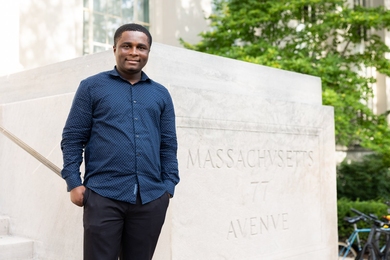Four MIT faculty members are among the 72 newly elected members and 18 foreign associates of the National Academy of Sciences in recognition of their distinguished and continuing achievements in original research.
Election to membership in the National Academy of Sciences (NAS) is considered one of the highest honors for a U.S. scientist or engineer. Those elected on Tuesday bring the total number of active members to 1,949.
The NAS is a private organization of scientists and engineers dedicated to the furtherance of science and its use for the general welfare. Established in 1863, it acts as an official adviser to the federal government, on request, in any matter of science or technology.
The new NAS members from MIT are:
Shafrira Goldwasser, professor of electrical engineering and computer science. In MIT's Computer Science and Artificial Intelligence Laboratory (CSAIL), she is co-leader of the Cryptography and Information Security Group and a member of the Complexity Theory Group within the Theory of Computation Group.
Nancy Hopkins, the Amgen Professor of Biology in the biology department and the Center for Cancer Research. Her research focuses on identification of genes essential for early development in zebrafish, and the role of these genes in longevity and cancer predisposition in adult fish.
Ronald L. Rivest, the Andrew and Erna Viterbi Professor of Electrical Engineering and Computer Science. He is a member of CSAIL's Theory of Computation Group and a founder of its Cryptography and Information Security Group. He also helped found RSA Data Security and Peppercoin. Rivest has research interests in cryptography, computer and network security, and algorithms.
Maria T. Zuber, the E.A. Griswold Professor of Geophysics and head of the Department of Earth, Atmospheric and Planetary Sciences. Her research interests are in theoretical modeling of geophysical processes; analysis of altimetry, gravity and tectonics to determine the structure and dynamics of the Earth and solid planets; and development and implementation of spacecraft laser and radio tracking experiments.
A version of this article appeared in MIT Tech Talk on April 28, 2004.





